Symphyotrichum ericoides var. ericoides, White Heath Aster
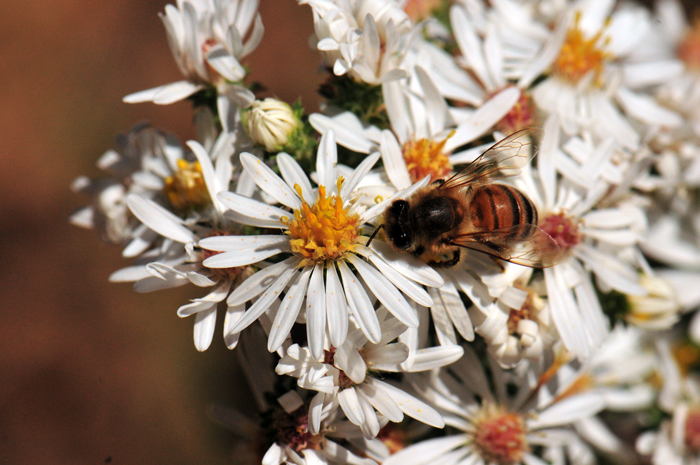
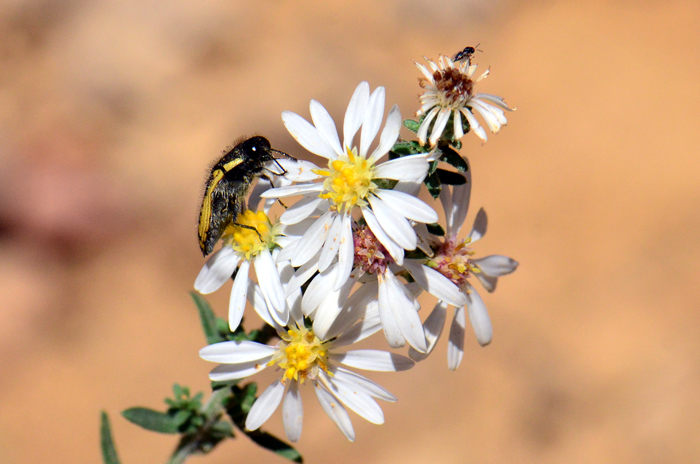
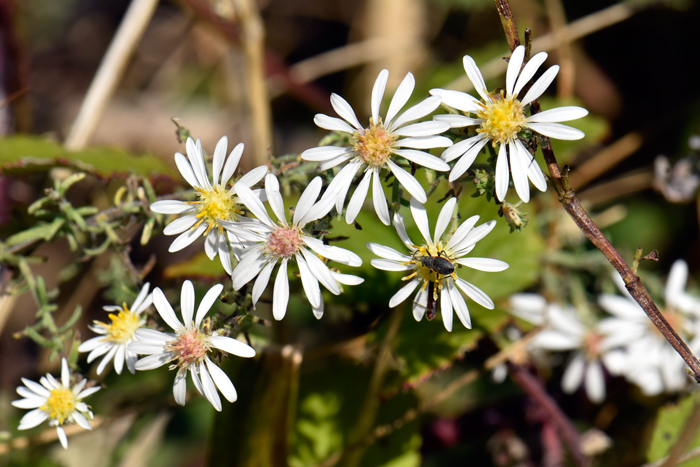
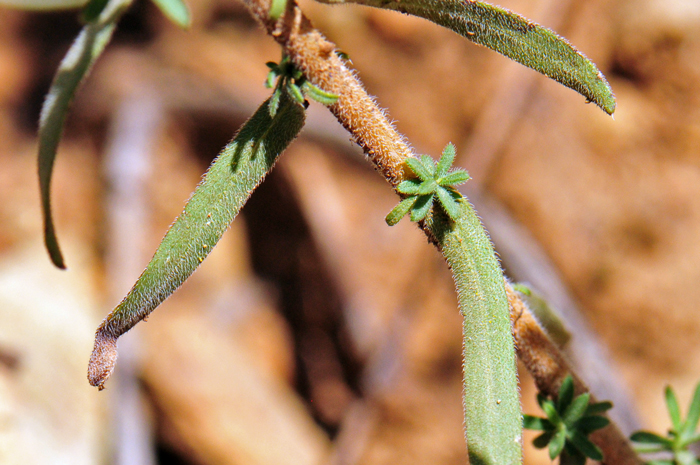
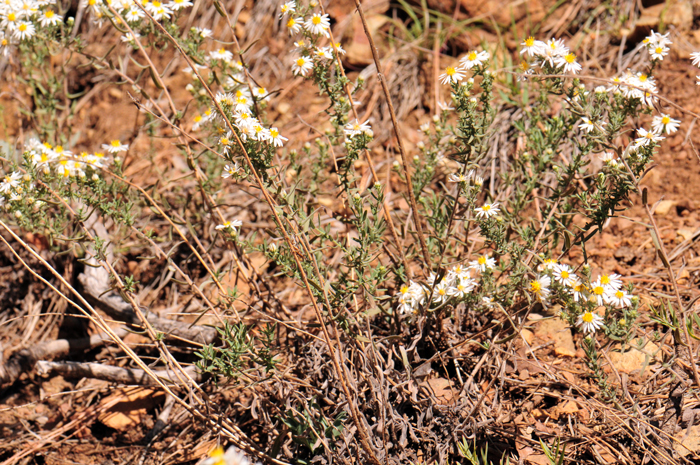
Scientific Name: Symphyotrichum ericoides var. ericoides
Common Name: White Heath Aster
Also Called: White Aster, White Prairie Aster
Family: Asteraceae, Sunflower Family
Synonyms: (Aster ericoides, Aster exiguous, Aster multiflorus, Aster polycephalus, Lasallea ericoides, Symphyotrichum ericoides var. prostratum, Virgulus ericoides)
Status: Native
Duration: Perennial, creeping rhizomes.
Size: Up to 3 feet (.9 m) tall or taller
Growth Form: Forb/herb with a woody base; perennial; mostly herbaceous; low-lying, bushy, grayish, leafy branches; usually colonial (rhizomatous), 1 or more stems growing together with branchlets above, plants upright (erect) or decumbent; branched, bushy, rough and covered with hairs (strigose).
Leaves: Green; basal leaves oblanceolate-linear, withered and gone by flowering; stem leaves (cauline) generally linear to narrowly lanceolate, pointed at the tip; most leaves without a stalk (sessile) and the edges (margins) are toothless; leaves hairless or sparsely hairy; upper leaves progressively smaller toward tips; the smallest leaves are in the axils.
Flower Color: White showy, daisy-like; flower heads in dense clusters (1 to 200) in panicle-like arrays on upper branches, usually on 1 side; flower heads with both ray (white) and disk (yellow) florets; the fruit is a cypsela.
Flowering Season: August to November; responds well to summer monsoon rainfall.
Elevation: 100 to 7,200 feet (30-1,067 m)
Habitat Preferences: Various habitats across range, pastures, sunny or semi-sunny areas, dry or moist meadows, sandy, gravelly and rocky soils, disturbed soils, dunes, shores, prairies, roadsides.
Recorded Range: This species is found in the eastern half on the United States, states bordering the west side of the Mississippi River, AZ, CO, NM, TX and east half of Canada. Arizona represents the western most limits for White Heath Aster where it is found in the northern and southern parts of the state.
North America & US County Distribution Map for Symphyotrichum ericoides var. ericoides.
North America species map for White Heath Aster, Symphyotrichum ericoides var. ericoides:
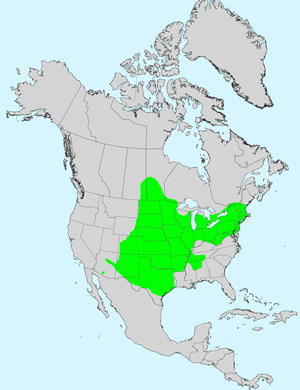
U.S. Weed Information: Symphyotrichum ericoides var. ericoides is listed in: Weeds of Nebraska and the Great Plains. Plants included here may become weedy or invasive.
Invasive/Noxious Weed Information: Unknown
Wetland Indicator: Symphyotrichum ericoides var. ericoides is listed on the USDA 2012 National Wetland Plant List.
Threatened/Endangered Information: In North America species Symphyotrichum ericoides var. ericoides has been listed as “Endangered” by the:
State of Tennessee; Tennessee Department of Environment and Conservation; Division of Natural Areas; Tennessee Natural Heritage Program, Rare plant list; 2016
Genus Information: In North America there are 78 species for Symphyotrichum. Worldwide, The Plant List includes 108 accepted species names and a further 632 scientific names of infraspecific rank for Symphyotrichum.
The genus was published in 1832 by Nees von Esenbeck, Christian Gottfried Daniel (1776-1858).
In the Southwestern United States: Arizona has 10 species of Symphyotrichum, California has 16 species, Nevada has 9 species, New Mexico has 19 species, Texas has 24 species, Utah has 13 species. Data approximate, subject to revision.
There are 3 varieties in Symphyotrichum ericoides
Symphyotrichum ericoides var. ericoides, White Heath Aster, (same as Recorded Range above);
Symphyotrichum ericoides var. pansum, Manyflowered Aster, (west of the Mississippi, all of Canada);
Symphyotrichum ericoides var. stricticaule, White Heath Aster, (north central United States).
Comments: White Heath Aster is a common aster that is quite easy to identify once you know the plant. Variety ericoides is by far the widest spread variety and it is found throughout the entire range of the parent species. It is weedy in some areas, cultivated in others and designated with the protection status of threatened in Tennessee.
In Arizona, it can found in middle to upper elevations where it is usually associated with a reliable supply of moisture and is common especially along roadsides. It is a food and nectar source for a wide range of butterflies, bees and other insects.
The genus was published in 1832 by Nees von Esenbeck, Christian Gottfried Daniel (1776-1858).
The species epithet “ericoides” (erico'ides:) resembling Erica or heath as the plants are thought to resemble Heath plants; Erica is a genus of roughly 857 species of flowering plants in the family Ericaceae with English common names heath and heather.

